Pecorino (peh-koh-REE-noh) Romano Cheese
Pecorino Romano is one of Italy’s oldest and most renowned cheeses, with a history dating back over two millennia to the Roman Empire. This hard, salty cheese is made from sheep’s milk, which gives it a distinctive flavor that sets it apart from cow’s milk cheeses like Parmesan. Traditionally produced in the Lazio, Sardinia, and Grosseto regions of Italy, Pecorino Romano is known for its sharp, tangy taste and crumbly texture.
The production process of Pecorino Romano is meticulous and adheres to strict regulations to maintain its Protected Designation of Origin (PDO) status. The milk is curdled using lamb rennet, which contributes to the cheese’s unique flavor profile.
The curds are then drained, pressed, and salted repeatedly over several months. This salting process is crucial as it enhances the cheese’s robust flavor and aids in its preservation. The aging process for Pecorino Romano typically lasts between five to eight months, during which the cheese develops its characteristic hard texture and intense flavor.
Pecorino Romano's Characteristics
| Characteristic | Details |
|---|---|
| Milk Source | Sheep's milk |
| Texture | Hard, crumbly, slightly grainy |
| Aging | Minimum 5 months (table use); over 8 months (grating) |
| Flavor | Salty, sharp, tangy, intense |
| Aroma | Pungent, earthy, slightly spicy |
| Rind | Thin, hard, often stamped or coated in black wax |
| Interior | Compact, pale white to ivory |
| Size | Typically 25–35 lb wheels (11–16 kg) |
| Versatility | Excellent for grating, shaving, and cooking |
| Region | Lazio, Sardinia, and Grosseto (Tuscany), Italy |
| AOC/Protected Status | PDO (Protected Designation of Origin) since 1996 (EU) |
| Milk Treatment | Thermized or raw |
| Coagulation Type | Animal rennet |
| Shape | Cylinder with flat faces |
| Color (Interior/Rind) | Interior: ivory to white / Rind: beige or black-coated |
| Shelf Life | Up to 12 months when properly stored |
| Serving Temperature | Room temperature |
| Traditional Season | Spring (when sheep’s milk is most abundant) |
| Diet of Sheep | Wild herbs, grasses, and pasture plants |
| Culinary Uses | Grated over pasta, soups, salads; used in pesto, sauces, baked dishes |
What does it taste like?
Pecorino cheese has a distinct and strong flavor that is often described as sharp, salty, and tangy. The flavor can vary depending on the specific type, but it generally has a rich and savory taste that is more robust than that of other types of cheese.
Pecorino Romano, for example, has a sharp, salty flavor with a slight sweetness and nuttiness. It is a hard cheese with a crumbly texture that is often grated over pasta dishes. Pecorino Toscano, on the other hand, is a milder cheese with a buttery, nutty flavor. It has a softer texture than Pecorino Romano and is often used in salads and as a table cheese.
Pecorino cheese boasts a complex and flavorful taste that pairs well with a diverse range of other ingredients. Its strong flavor can add depth and richness to many dishes, making it a popular ingredient in Italian cuisine and beyond.
Serving Suggestions
| Serving Suggestions | Wine Pairings |
|---|---|
| Grated over pasta (Cacio e Pepe, Carbonara, Amatriciana) | Chianti – Acidity cuts through the saltiness |
| Shaved onto salads (arugula, radicchio, kale) | Barbera – Juicy and bright, balances bold flavors |
| Melted into soups (minestrone, lentil soup) | Nero d’Avola – Stands up to the sharpness of the cheese |
| Sprinkled on roasted vegetables (Brussels sprouts, cauliflower, potatoes) | Vermentino – Citrus notes highlight the cheese’s tang |
| Served with honey or fig jam | Vin Santo – Sweet dessert wine, pairs well with honey |
| On a cheese board with cured meats (prosciutto, salami) | Frascati – Traditional regional white wine pairing |
| Baked into savory pies and tarts | Lambrusco – Fizzy and fruity contrast to saltiness |
| Used in pesto or sauces | |
| With crusty bread and olive oil | |
| Grated over grilled meats (lamb, steak, sausages) |
Pecorino Romano History
Pecorino Romano has a storied history that stretches back over two thousand years to ancient Rome. This iconic cheese was a staple in the diet of Roman legionaries, valued for its long shelf life and nutritional density, which made it ideal for sustaining soldiers during long campaigns. Its origins are closely tied to the rural traditions of the Lazio region, where sheep farming has long been an integral part of the local economy.
The production methods of Pecorino Romano have remained remarkably consistent through the centuries. Ancient Roman texts describe techniques similar to those used today, involving the use of lamb rennet for curdling the milk and extensive salting to ensure preservation and flavor development. These traditional methods were meticulously documented by Roman writers such as Pliny the Elder, who noted the cheese’s importance in Roman society.
During the Middle Ages, Pecorino Romano continued to be produced in the Lazio region and eventually expanded to Sardinia and Grosseto. The cheese maintained its popularity, becoming a crucial part of the diet for many Italians. In modern times, Pecorino Romano has achieved Protected Designation of Origin (PDO) status, ensuring that only cheese produced in specific regions using traditional methods can bear the name. This designation helps preserve its historical integrity and ensures that Pecorino Romano remains a beloved and authentic symbol of Italy’s rich culinary heritage.
Culinary Versatility
One of the hallmarks of Pecorino Romano is its versatility in the culinary world. Its bold, salty flavor makes it an excellent grating cheese, perfect for adding a punch of taste to pasta dishes, soups, and salads. It is a staple in classic Italian dishes such as Cacio e Pepe and Carbonara, where it is used to create rich, creamy sauces that coat the pasta. Besides its use in savory dishes, Pecorino Romano can also be enjoyed on its own, paired with fruits, nuts, and a glass of robust red wine.
Nutritionally, Pecorino Romano is rich in protein and calcium, making it a beneficial addition to the diet. However, due to its high salt content, it should be consumed in moderation, especially by individuals monitoring their sodium intake. Its fat content is also relatively high, characteristic of most aged cheeses, contributing to its rich flavor and satisfying texture.
Despite the competition from other popular Italian cheeses, Pecorino Romano has maintained its esteemed status due to its unique taste and historical significance. Its production remains a craft steeped in tradition, with many cheese makers in the designated regions still adhering to methods passed down through generations. This commitment to quality and tradition ensures that Pecorino Romano continues to be a cherished ingredient in both Italian and international cuisine.
Pecorino Romano is not just a cheese; it is a testament to Italy’s rich culinary heritage. Its sharp, salty flavor, coupled with its historical roots and artisanal production methods, makes it a standout in the world of cheese. Whether grated over a steaming plate of pasta or savored with a piece of crusty bread, Pecorino Romano offers a taste of Italy’s gastronomic excellence.
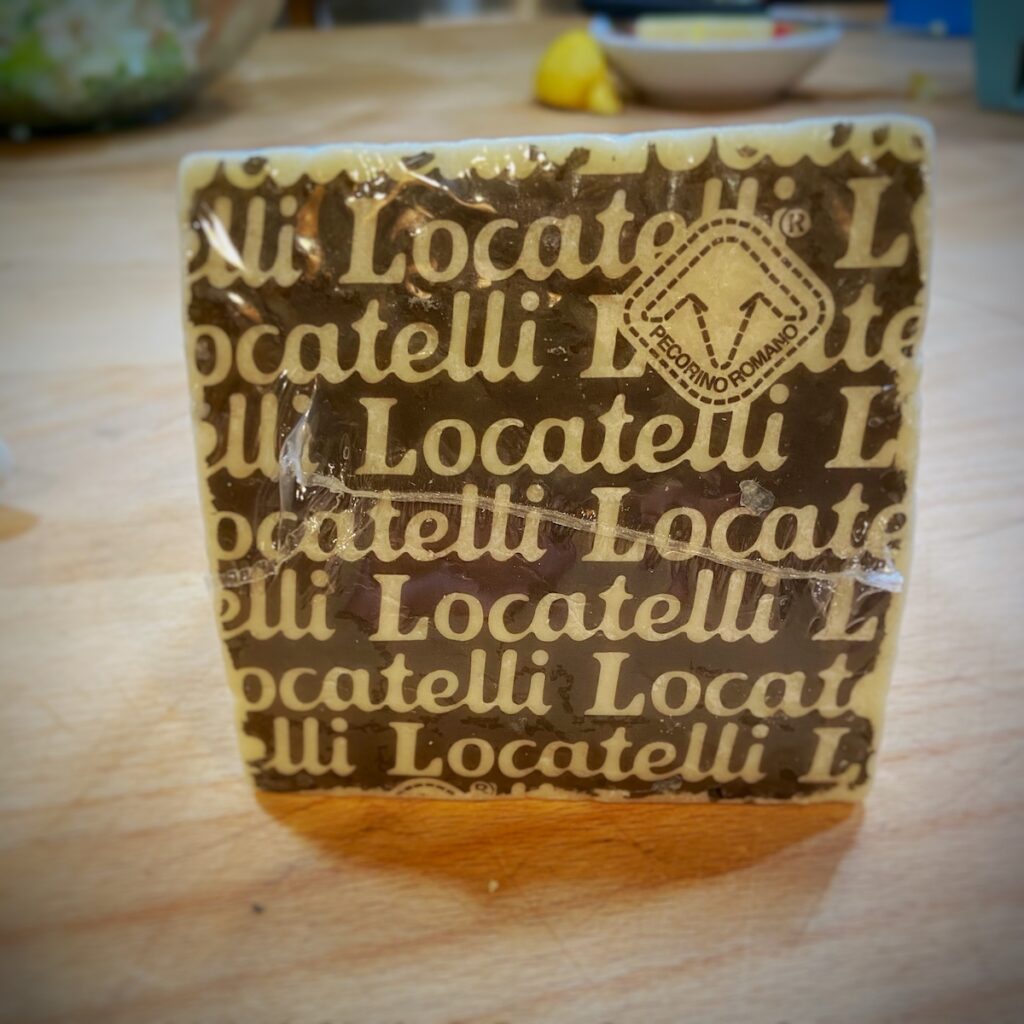
How does it compare to parmesan cheese?
Pecorino and Parmesan are both hard, aged cheeses commonly used in Italian cuisine. While they have some similarities, they also have some key differences.
The main difference between Pecorino and Parmesan cheese is the type of milk used to make them. Pecorino cheese is made from sheep’s milk, while Parmesan cheese is made from cow’s milk. This difference in milk type contributes to differences in flavor and texture.
Pecorino cheese has a stronger, more robust flavor than Parmesan cheese. It is often described as sharp, tangy, and salty, with a nutty and slightly sweet taste. Parmesan cheese, on the other hand, has a more subtle flavor that is nutty and slightly sweet, with a slightly fruity and floral aroma.
In terms of texture, Pecorino cheese is crumbly and hard, while Parmesan cheese is drier and more granular. Pecorino cheese also tends to be saltier than Parmesan cheese.
Both Pecorino and Parmesan cheese are commonly used in pasta dishes and as a topping for salads and other dishes. However, because of their differences in flavor and texture, they are often used in different ways. Pecorino cheese is often grated over pasta dishes to add a bold, flavorful kick, while Parmesan cheese is often used as a finishing cheese, added at the end of cooking to add a subtle nutty flavor.
Overall, both Pecorino and Parmesan cheese are delicious and versatile cheeses that can be used in a variety of dishes. While they have some similarities, their differences in flavor and texture make them unique and add to their versatility in cooking.
| Tips for Buying Pecorino Cheese |
|---|
| Look for PDO (Protected Designation of Origin) labeling to ensure authenticity. |
| Check the texture — it should be firm and crumbly, not dry or overly hard. |
| Inspect the rind for natural color and minimal cracks; avoid mold or excessive dryness. |
| Choose cheese aged according to your needs: younger (5 months) for milder flavor, older (8+ months) for stronger taste. |
| Buy from reputable cheese shops or Italian specialty stores for quality assurance. |
| Consider the size and packaging — vacuum-sealed wedges preserve freshness better. |
| Tips for Storing Pecorino Cheese |
|---|
| Wrap cheese in wax paper or parchment paper first, then loosely in plastic wrap or store in an airtight container. |
| Store in the vegetable drawer or a cheese drawer in your fridge to maintain stable humidity. |
| Avoid freezing Pecorino, as it can affect texture and flavor. |
| Let cheese come to room temperature before serving for best flavor and aroma. |
| Use within 3-4 weeks after opening for optimal freshness. |
| If mold develops on the rind, cut off at least 1 inch around it; interior should still be good. |
How to Use In Cooking
Pecorino cheese is a versatile ingredient that can be used in a variety of cooking applications. Here are some ways that Pecorino cheese is commonly used in cooking:
- Grated on pasta: One of the most popular ways to use Pecorino cheese in cooking is to grate it over pasta dishes. Pecorino Romano is commonly used in dishes such as spaghetti carbonara and cacio e pepe to add a salty, savory flavor.
- In sauces and dressings: Pecorino cheese can be grated or melted into sauces and dressings to add flavor and texture. For example, Pecorino cheese is often used in Caesar salad dressing to add a tangy, salty flavor.
- In soups and stews: Pecorino cheese can be grated or added in chunks to soups and stews to add a rich, savory flavor. For example, Pecorino cheese is a common ingredient in Italian wedding soup.
- As a topping for vegetables: Pecorino cheese can be grated over roasted or sautéed vegetables to add a salty, nutty flavor. Try sprinkling Pecorino cheese over roasted Brussels sprouts or sautéed spinach.
- As a table cheese: Pecorino Toscano and Pecorino Sardo are softer cheeses that can be sliced and served as a table cheese alongside crackers, fruit, and cured meats.
Pecorino cheese is a versatile ingredient that can add depth and richness to many dishes. Its salty, savory flavor pairs well with a variety of ingredients and can be used in both savory and sweet dishes.
Fun Facts About Pecorino Cheese
Here are some facts about Pecorino cheese:
- Pecorino cheese is made from sheep’s milk, specifically from the milk of the Sardinian or Lazio breeds of sheep.
- The cheese comes in different varieties, including Pecorino Romano, Pecorino Toscano, and Pecorino Sardo.
- Pecorino cheese is typically made into wheels that can weigh anywhere from 1-20 pounds, depending on the type of Pecorino cheese and the producer.
- The size of the wheel can also vary, with some wheels of Pecorino Romano weighing up to 80 pounds.
- The cheese is usually aged for a minimum of 5 months, but can be aged for up to 2 years or more, depending on the desired flavor and texture.
- Pecorino Romano is the most well-known type of Pecorino cheese and is a hard, sharp cheese that is often used in cooking.
- Pecorino Toscano is a softer cheese that has a mild flavor and is often served as a table cheese.
- Pecorino Sardo is a cheese from the island of Sardinia that is similar in flavor to Pecorino Romano but has a slightly milder taste.
- Pecorino cheese is high in protein and calcium and is a good source of vitamins and minerals.
- The production of Pecorino cheese is regulated by the European Union and must meet certain standards to be considered authentic.
- Pecorino cheese is popular in Italian cuisine and is often used as a topping for pasta dishes, as well as in salads and soups.
Which is better, pecorino or parmesan?
Determining whether Pecorino or Parmesan is better is largely a matter of personal preference, as both cheeses have their own distinct characteristics and uses in cooking. Here are some factors to consider:
- Flavor: Pecorino cheese has a sharper, saltier flavor than Parmesan cheese, which has a nutty, savory flavor. Pecorino cheese is often used to add a punch of flavor to dishes, while Parmesan cheese is more subtle.
- Texture: Pecorino cheese is a hard cheese with a crumbly texture, while Parmesan cheese is a hard, granular cheese. Parmesan cheese is often grated finely, while Pecorino cheese is grated coarsely.
- Use in cooking: Pecorino cheese is often used in Italian dishes such as pasta dishes, soups, and stews, while Parmesan cheese is used in a wider range of dishes, including salads, pizzas, and sandwiches.
- Health benefits: Both Pecorino and Parmesan cheeses are high in protein and calcium, but Pecorino cheese is typically higher in fat and calories than Parmesan cheese.
Ultimately, the choice between Pecorino and Parmesan cheese depends on the specific dish and personal preference. Some dishes may call for the bold, salty flavor of Pecorino cheese, while others may benefit from the subtle, nutty flavor of Parmesan cheese. Both cheeses are versatile and delicious, and can be used in a variety of dishes.
Famous recipes
Pecorino cheese is a popular ingredient in many Italian dishes, and is used in a variety of recipes to add flavor and texture. Here are some famous recipes featuring Pecorino cheese:
- Spaghetti carbonara: Spaghetti carbonara is a classic Italian dish that features spaghetti noodles tossed with a sauce made from eggs, pancetta, and Pecorino Romano cheese.
- Cacio e pepe: Cacio e pepe is a simple yet delicious pasta dish made with spaghetti, Pecorino Romano cheese, and black pepper.
- Pesto: Pesto is a traditional Italian sauce made with basil, garlic, pine nuts, olive oil, and Pecorino Romano cheese. The sauce can be used to top pasta, meats, and vegetables.
- Caesar salad: This classic salad combines romaine lettuce, croutons, Parmesan cheese, and anchovies, garlic, lemon juice, and Pecorino Romano cheese in a dressing.
- Italian wedding soup: Italian wedding soup is a hearty soup made with chicken broth, meatballs, vegetables, and Pecorino Romano cheese.
- Saltimbocca alla romana: Saltimbocca alla romana is a classic Italian dish made with thin slices of veal topped with prosciutto and sage, and finished with a sauce made from white wine and Pecorino Romano cheese.
- Fettuccine Alfredo: Fettuccine Alfredo is a creamy pasta dish made with fettuccine noodles and a sauce made from butter, heavy cream, and Pecorino Romano cheese.
These are just a few examples of the many famous recipes featuring Pecorino cheese. The cheese’s salty, savory flavor makes it a versatile ingredient in a variety of dishes, both classic and modern.
Oven-Baked Pecorino Romano to Harden for Grating
1. Preheat your oven:
Set it to a low temperature around 250°F (120°C). You want to dry and slightly toast the cheese without melting it.
2. Prepare the cheese:
Cut the Pecorino Romano into a block or large wedge if it isn’t already.
Place it on a baking sheet lined with parchment paper or a baking rack to allow air circulation.
3. Bake:
Put the cheese in the oven and bake for 20 to 30 minutes.
Check after 15 minutes to ensure it’s not melting or burning. You want a firm, slightly golden surface.
4. Cool down:
Remove the cheese and let it cool completely at room temperature.
As it cools, it will harden further and develop that perfect texture for grating.
5. Grate and store:
Use a fine or medium grater to grate over pasta or dishes.
Store the hardened cheese wrapped in parchment or cheese paper in the fridge.
Tips:
Keep the temperature low — too hot will melt the cheese instead of hardening it.
If you want extra flavor, you can watch for a light golden color on the surface but avoid dark browning or burning.
This method is great for softer Pecorino or if you want to refresh an older wedge.

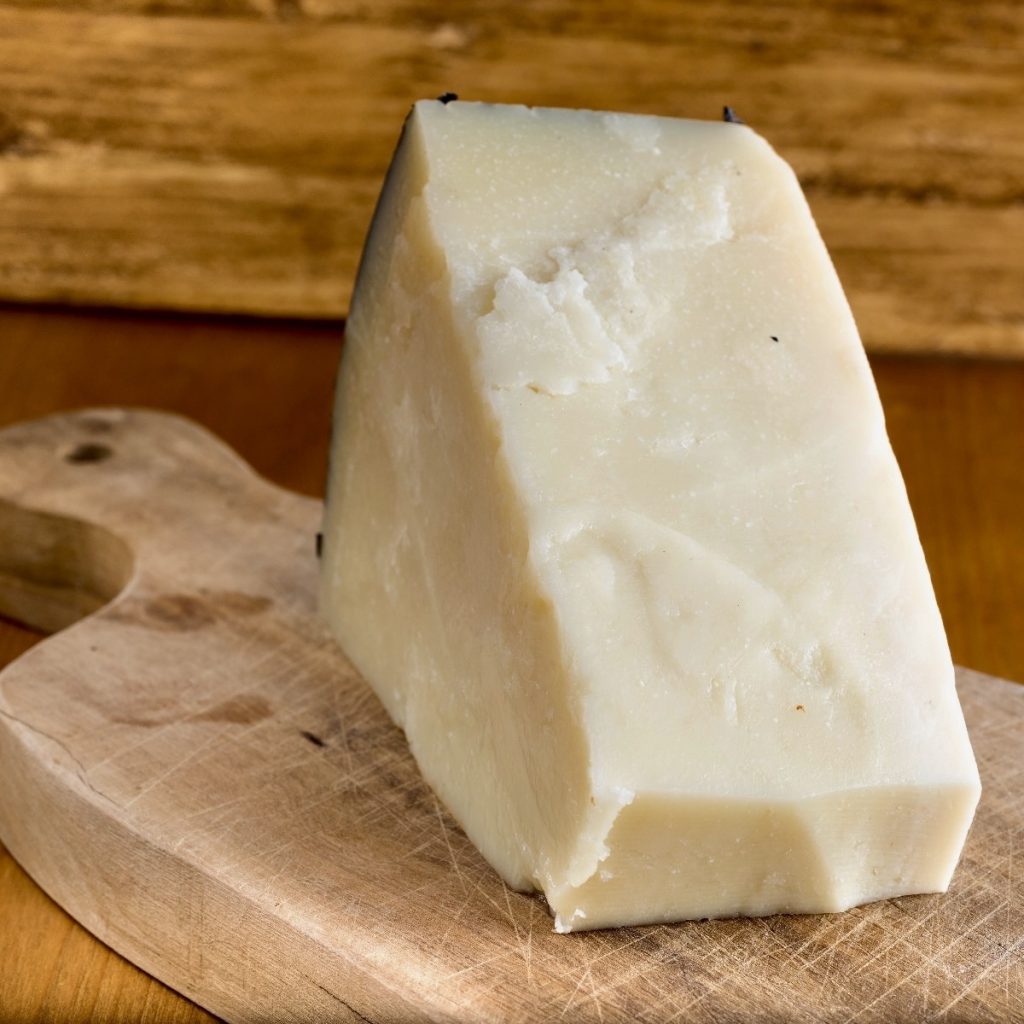

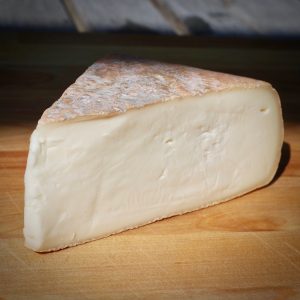
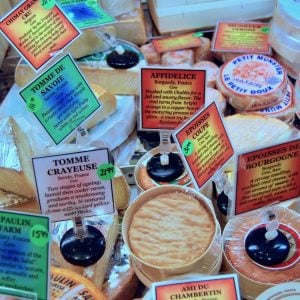
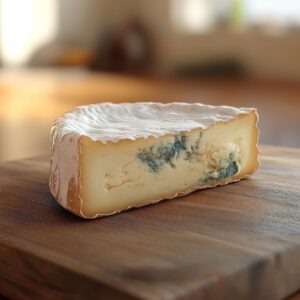
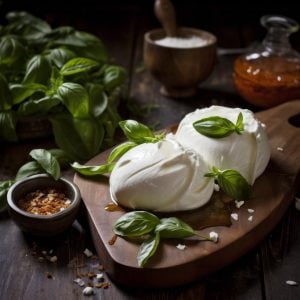
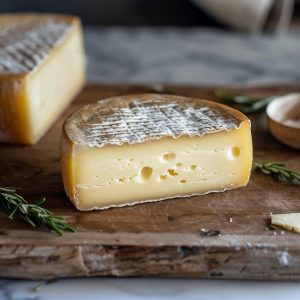
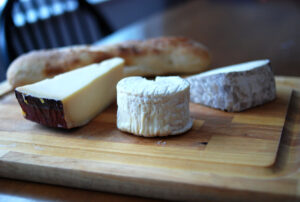
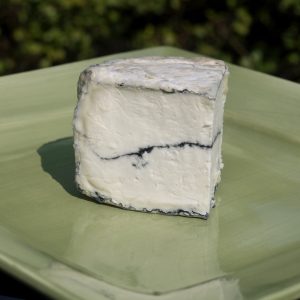
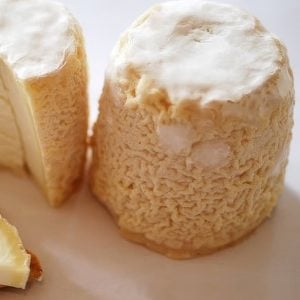


6 Responses
Hello, can you eat the romano rind?PLEASE TELL ME?
Hi Grace, Yes, you can eat the rind of Pecorino Romano, but keep in mind a few things:
The rind is very hard and salty, especially since Pecorino Romano is a salty, aged cheese.
Some people find it too tough or intense to eat on its own.
It’s often used to add flavor to soups, stews, or sauces by simmering it in the dish and then removing it before serving.
If the rind is natural and not coated with wax or inedible materials, it’s safe to eat, but many prefer to discard it or use it for cooking purposes.
So, while edible, the rind is usually better as a cooking ingredient or flavor enhancer rather than something to eat straight like the cheese interior. Would you like some recipe ideas that use the rind?
I am 65 years old I remember my father years ago wrapped the Locatelli cheese in a piece of cheese cloth with a little Olive oil on the cloth. Would this be OK.
Yes — what your father did with Locatelli Pecorino Romano was a traditional and smart way to store hard cheeses before plastic wrap and refrigeration were common in every kitchen. This method remains effective for short to medium-term storage (1–3 weeks).
For longer-term storage, cheese paper or wax paper inside a loose plastic wrap or container may offer more consistent results, especially if your fridge runs dry.
You can also scrape off any surface mold on the rind and keep using the interior — hard cheeses are resilient like that.
I can remember my mother putting Romano cheese in the oven to bake so we could use it with the grater. I don’t know what temperature or how long she left in in the oven but it would come out golden brown and hard so we could grate the cheese over our pasta. Could you help me with this.
Thank you Tony R
Tony, the answer to your question has been added to the post above. Thanks for bringing this technique to my attention.